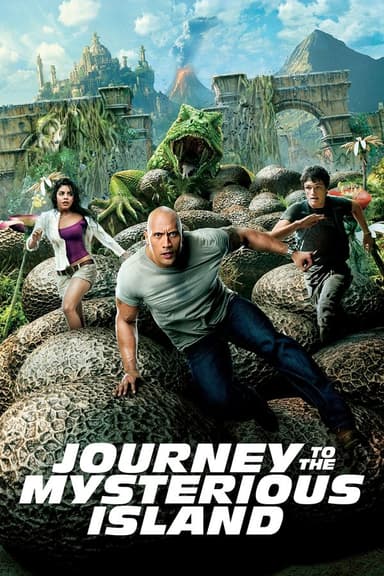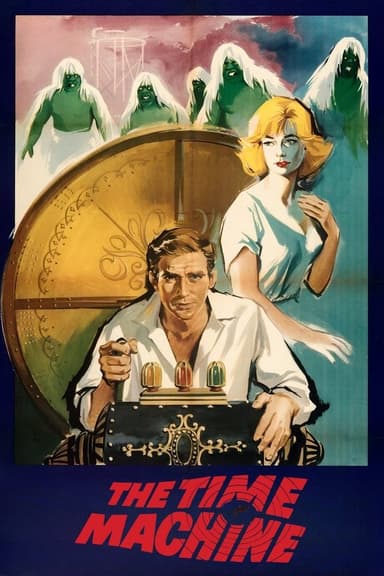
Mysterious Island
1961 • Adventure, Science Fiction • NR
During the US Civil War, Union POWs escape in a balloon and end up stranded on a South Pacific island, inhabited by giant plants and animals. They must use their ingenuity to survive the dangers, and to devise a way to return home. Sequel to '20,000 Leagues Under the Sea' .
Runtime: 1h 41m
Why you should read the novel
Jules Verne’s The Mysterious Island is a thrilling adventure novel that masterfully combines survival, science, and friendship. The novel plunges readers into a captivating tale of castaways using ingenuity and resilience to conquer the unknown. Every twist deepens the mystery as they struggle not just for survival, but to unravel mind-bending secrets of their enigmatic refuge.
Reading Verne’s original work immerses you in imaginative scientific detail and character development often distilled or condensed in cinematic adaptations. The book’s rich descriptions expand upon every invention and discovery, cultivating a vivid sense of place and wonder rarely matched by visual effects. Verne’s depiction of nature, engineering, and camaraderie offers an intellectually rewarding experience beyond on-screen spectacle.
Choosing the novel over the film means exploring profound themes of human perseverance, societal reconstruction, and the intersection of fate and science. The literary journey will linger in your thoughts long after, sparking curiosity about history, exploration, and the limitless power of resourceful minds.
Adaptation differences
The 1961 film adaptation takes significant liberties with Jules Verne’s Mysterious Island, streamlining the story and introducing elements absent from the book. The most notable change is the prevalence of giant animals—such as crabs and bees—created with special effects, which serve as thrilling obstacles for the survivors. In the novel, survival and resourcefulness are central, and nature itself is formidable, but the outsized creatures are Hollywood additions designed to heighten cinematic excitement rather than serve the story’s core themes.
Another major difference lies in character portrayals and interactions. While Verne’s group of castaways is primarily composed of Union soldiers and a journalist, the movie rearranges these dynamics, introducing extra characters for romantic subplots and additional conflict. The novel’s emphasis on scientific reasoning, cooperation, and the forging of a mini-society is muted in the film, replaced by action sequences and melodrama that appeal to broader audiences.
The character of Captain Nemo, crucial to both the book and the film, is also treated differently. In Verne’s novel, Nemo’s role is a mysterious presence revealed only gradually, and his background as a technological genius with a complex moral compass is carefully developed. The film brings Nemo to the forefront earlier and gives him a more simplified, heroic role, often glossing over the philosophical and ideological conflicts that define his character in Verne’s narrative.
Finally, the resolution of the story shifts between the versions. The novel ends with a hopeful tone, underscoring human ingenuity and survival. The film, seeking spectacle, culminates in larger-than-life set pieces and dramatic rescues. These changes impact not just the tone, but the message: where Verne’s book is thoughtful and inquisitive, encouraging the reader to ponder deeper ideas, the film opts for fast-paced adventure and visual marvels.
Mysterious Island inspired from
The Mysterious Island
by Jules Verne









